Environmental Science and Engineering
Mimicking a sweet solution to mop up pollution
A fast and safe method to prepare a 3D porous material that mimics the shape of a honeycomb could have broad applications from catalysis to drug delivery or for filtering air to remove pollutants or viruses.
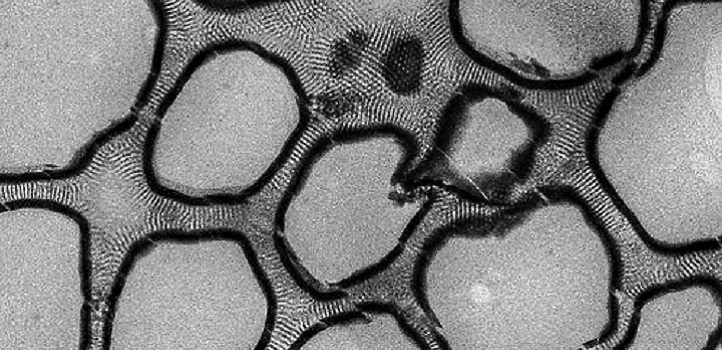
The lattice of a honeycomb or the symmetry of a diatom are among complex living structures whose patterns and shapes have long inspired scientists. One recent application is to develop artificial hierarchical porous materials that are stable, yet have a large surface area and the ability to selectively extract materials. The complexity and pattern repeatability across scales from individual compartments to the entire structure, have made it difficult to build them at the nanoscale.
A team from KAUST, led by Suzana Nunes, has proposed a simple method that, in just five minutes, can produce a flexible film with a complex hierarchical structure that has repeating patterns of interconnected, regularly shaped pores.
With experts in the Imaging and Characterization Core Lab, the researchers used the block copolymer called polystyrene–b–poly (tertbutyl acrylate) (PS–b–PtBA) to demonstrate this method. They tested various concentrations of PS–b–PtBA with different solvent mixtures with the resulting solution cast on a glass plate and evaporated for different time periods to promote the nucleation and growth of cavities with highly porous interconnecting walls. The resulting film was then immersed in water to rinse off the solvent and halt the phase separation.
“By using this method we create an important platform to design artificial porous materials which replicate a highly ordered porous and complex systems mimicking nature,” explains lead author, Stefan Chisca. “These have potential use for separations and biological scaffolds.”
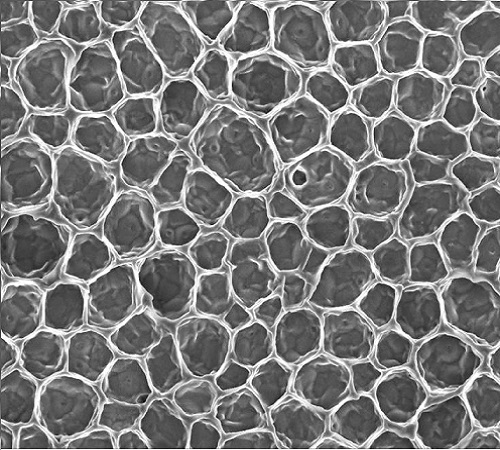
The repeating regular hierarchical structures are shown by scanning electron microscopy (SEM) images that illustrate how the honeycomb structure has formed at the surface of the material (top) and within the material (bottom).
© KAUST
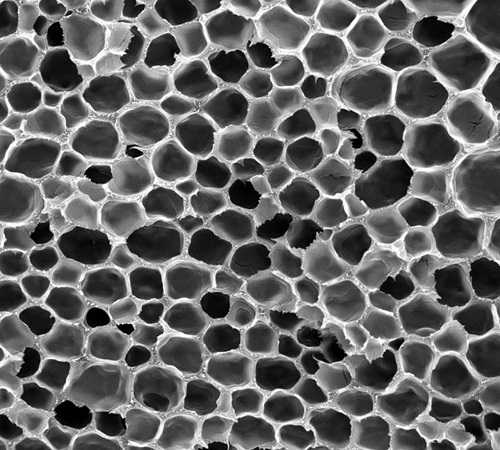
© KAUST
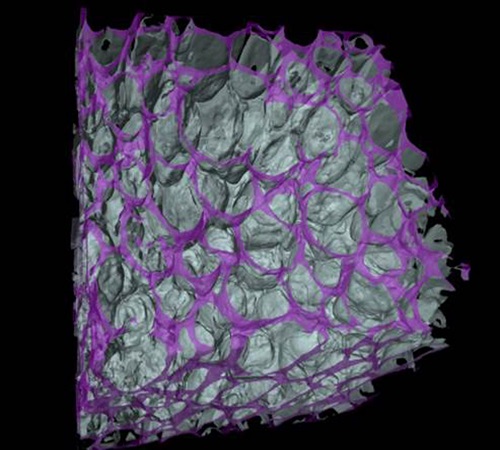
A 3D reconstruction of SEM images at the macroscale by serial block face shows the spherical compartments that are a tiny 5μm in diameter.
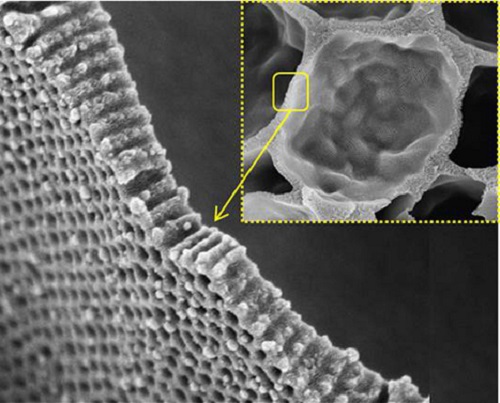
A cross section of SEM images show that the spherical compartments are interconnected through nanochannels of 15 nm in diameter.
© KAUST
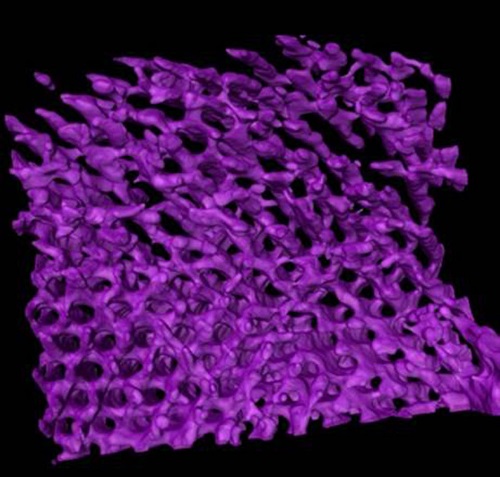
A TEM tomograph shows a 3D surface rendering of a thin section of the film.
© KAUST
References
- Chisca, S., Musteata, V-E., Sougrat, R., Behzad, R.R., Nunes S. Artificial 3D hierarchical and isotropic porous polymeric materials. Science Advances 4, eaat0713 (2018).| article
You might also like

Environmental Science and Engineering
Bacteria reveal hidden powers of electricity transfer

Environmental Science and Engineering
Wastewater surveillance tracks spread of antibiotic resistance

Bioscience
Super fungi survive extreme Mars-like environments

Environmental Science and Engineering
Rethinking food systems to restore degraded lands

Environmental Science and Engineering
Combat climate change by eliminating easy targets

Environmental Science and Engineering
Wastewater treatment to fight the spread of antibiotic resistance

Bioscience
Digging into the world of plant-growth-promoting microbes

Bioscience




